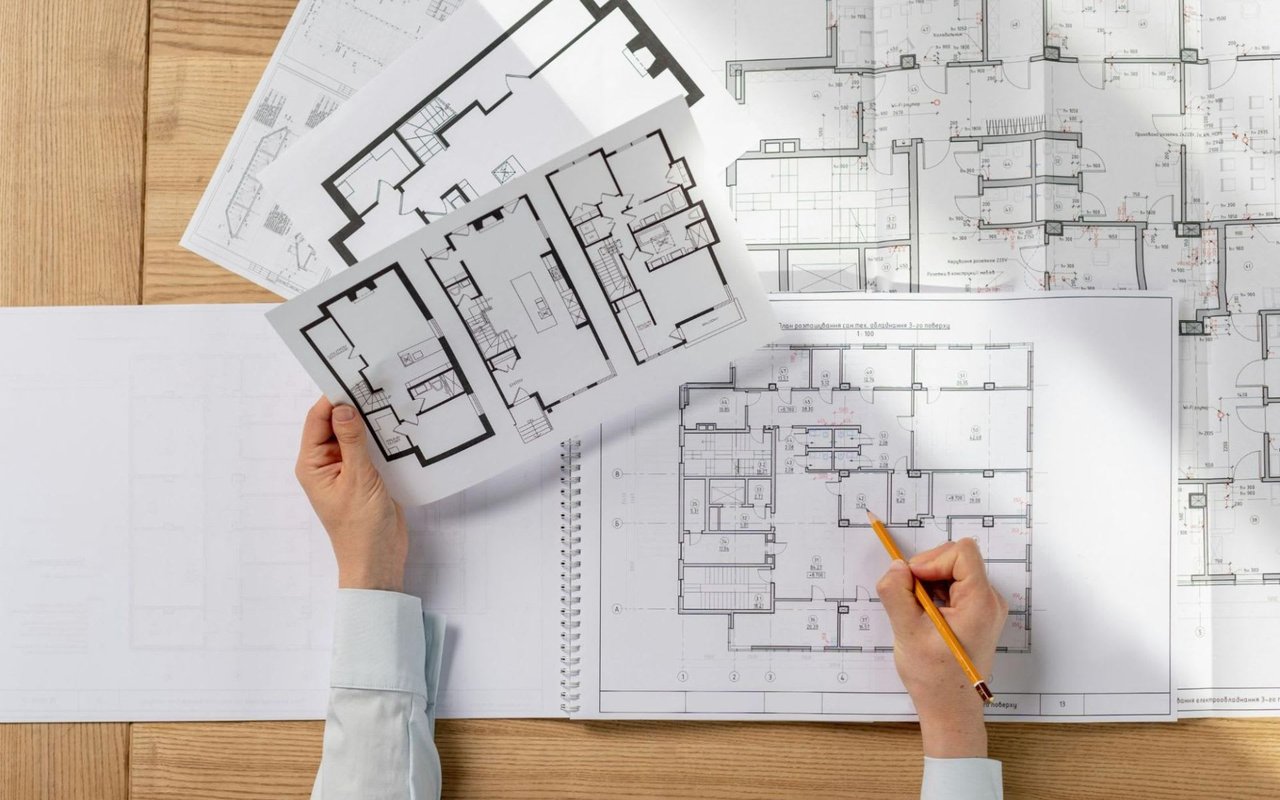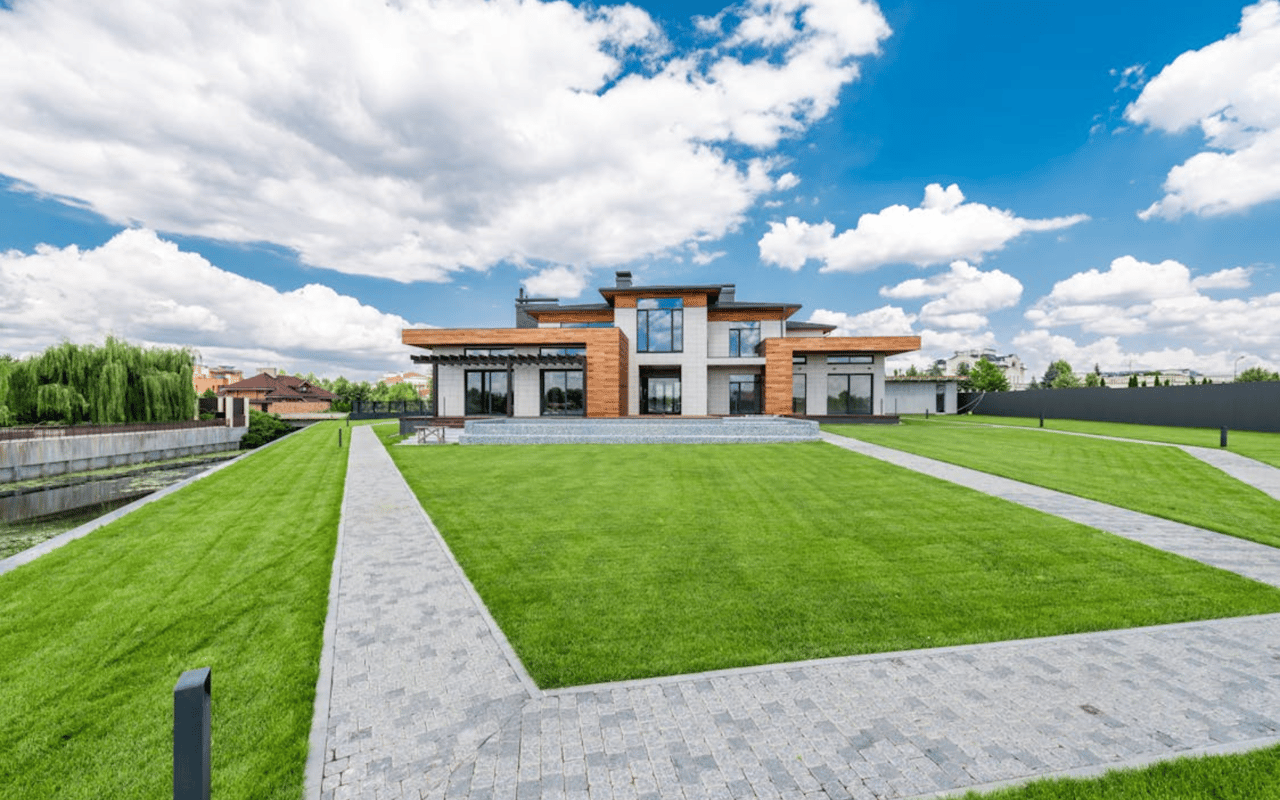Embarking on a home renovation is both an exciting and challenging journey. Whether you're looking to update an outdated kitchen, create an open living space, or give your entire home a facelift, planning a successful renovation requires careful thought and preparation. While the process can be overwhelming, the rewards of a well-executed remodel are worth the effort. This guide covers essential tips you need to plan and execute a successful home remodel.
1. Establish Clear Goals and Priorities
Before diving into any renovation, it’s essential to know exactly what you want to achieve. Start by establishing clear goals for your project. Are you remodeling for improved functionality, aesthetic appeal, or to increase your home's value before selling? Understanding your priorities will guide every decision and help you focus on what truly matters throughout the process.
For example, if your primary goal is to create more open space in the living room, other smaller changes—like updating the flooring or repainting the walls—can become secondary. Having a well-defined vision ensures that you stay on track and avoid getting sidetracked by other tempting updates that might inflate your budget.
2. Set a Realistic Budget
Creating a detailed budget is a vital step in any renovation. It’s easy for costs to spiral out of control, especially when unexpected issues arise. To avoid this, homeowners should make sure to factor in every expense, from materials and labor to permits and temporary living arrangements if needed.
One effective approach is to create a baseline budget for the core aspects of your renovation, then allocate a contingency fund—typically 10-20%—for unanticipated costs. This cushion provides peace of mind, ensuring that unexpected expenses won’t derail the project. It’s also wise to get multiple quotes from contractors, as comparing costs will help you avoid overspending from the start.
3. Hire the Right Professionals
While it’s tempting to take on a DIY approach to save money, certain projects are best left to professionals. Complex tasks like plumbing, electrical work, or structural changes require specialized skills and knowledge to ensure safety and compliance with local building codes.
When hiring a contractor or designer, it’s important to do thorough research. Look for professionals with strong reputations, check online reviews, and ask for references. During interviews, ask detailed questions about their previous projects and make sure they have experience with renovations similar to yours. Establishing clear communication from the beginning will reduce misunderstandings and set expectations for both parties.
4. Obtain the Necessary Permits
Many homeowners overlook the importance of permits when planning a remodel, but this step should never be skipped. Building permits are often required for structural changes, electrical work, plumbing, and even certain aesthetic updates. Failing to obtain the necessary permits can lead to hefty fines, delays, and potential complications when selling the home down the road.
5. Plan for Functionality and Flow
While it’s easy to get caught up in the aesthetics of a remodel, it’s just as important to consider the functionality of the space. Think about how you and your family will use each room and how traffic will flow throughout the home. For example, when designing a kitchen, make sure to prioritize the work triangle— the distance between the stove, sink, and refrigerator. This arrangement optimizes efficiency and makes everyday cooking more convenient.
6. Choose Timeless Materials and Designs
Home design trends come and go, but opting for timeless materials and styles can help your renovation stand the test of time. While it’s fine to incorporate some trendy elements, it’s a good idea to focus on features that will add long-term value to your home.
For instance, hardwood floors, stone countertops, and neutral color schemes are classic choices that appeal to a wide range of buyers. These materials offer durability and style that won’t feel outdated in a few years. If you want to embrace current design trends, use them in accents or easily replaceable features like light fixtures or paint colors.
7. Be Prepared for Unexpected Challenges
Even with the best planning, renovations can come with surprises. Hidden problems like water damage, faulty wiring, or structural issues often only become apparent once demolition begins. While these issues can be frustrating, it’s important to stay flexible and be prepared for possible delays or additional costs.
To minimize disruption, make sure you’re working with a reliable contractor who can adapt to changing circumstances and keep you informed throughout the process. Having open communication will help you navigate these challenges and keep your project on track, even when things don’t go exactly as planned.
8. Don’t Rush the Timeline
While it’s natural to want the renovation completed as quickly as possible, rushing the process can lead to mistakes and lower-quality workmanship. Work with your contractor to develop a realistic timeline that accounts for each phase of the project—from design and planning to construction and final inspections.
Partner with Leslie Selich
If you're planning a home remodel and want to maximize your investment, working with a
knowledgeable real estate agent like Leslie Selich can make all the difference. With extensive experience in the local market, Leslie can offer insights into which renovations will provide the best return on investment. Whether you’re upgrading to sell or creating your dream home, Leslie is here to help you navigate the real estate market with confidence. Contact
Leslie Selich today.










